I recently put together an “ideal” hunting rifle setup that could also serve as a great long-range target shooting rifle. This setup incorporated both the Bergara B-14 HMR Wilderness 6.5 PRC rifle, and the Athlon Ares BTR GEN2 4.5-27x50mm Riflescope.
In this article, I’ll take an in-depth look at the Athlon Ares scope including tracking, reticle holdover accuracy, image distortion, and much more. I’ll show some new optics testing capabilities from Ultimate Reloader that will serve as a “glimpse” of things to come. Let’s get to it!
Specs and Details
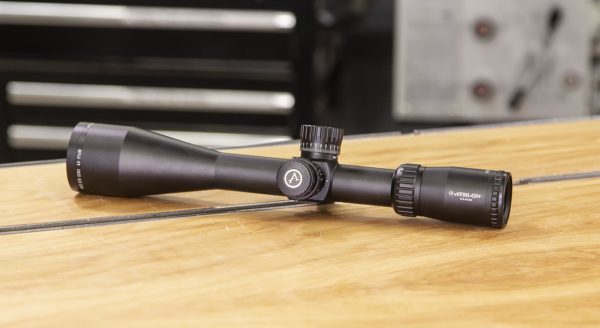
From the Athlon Optics Product Page:
Built off the success of the 1st generation Ares BTR, the GEN 2 is still a top-tier riflescope, without the price tag. The Ares GEN 2 acquires a new stainless steel turret design, just like the Midas TAC and Ares ETR lines. The new turret design features sharper, more tactile clicks. Still featuring HD glass, a new optical system provides an even brighter and clearer image throughout the magnification range. A one-piece, precision machined aircraft-grade aluminum 6061-T6 aluminum scope body, precision zero stop, and impeccable tracking will deliver precise, accurate results in any field.
This Ares BTR 4.5-27×50 Model has APLR3 first focal plane illuminated MOA reticle in it.
Specs
| Magnification | 4.5-27 |
| Objective Lens Diameter | 50 mm |
| Reticle | APLR3 FFP IR MOA, Glass Etched illuminated |
| Surface Finish | Matte |
| Lens Coating | Wide Band Fully Multicoated |
| Extra Coating | Xtra Protective Coating |
| Tube Material | 6061 Aluminium |
| Tube Diameter | 30 mm |
| Exit Pupil | 11.1-1.8 mm |
| Eye Relief | 3.9″ |
| Field of View @100 yards | 22.7-3.8 ft |
| Click Value | 0.25 moa |
| Adjustment range per rotation | 25 moa |
| Total Elevation Adjustment | 80 moa |
| Total Windage Adjustment | 80 moa |
| Turret Style | Exposed Direct Dial |
| Parallax Adjustment | Side Focus – 25 yards to infinity |
| Purging Material | Argon |
| Length | 13.8 “ |
| Weight | 27.3 oz |
APLR3 Reticle
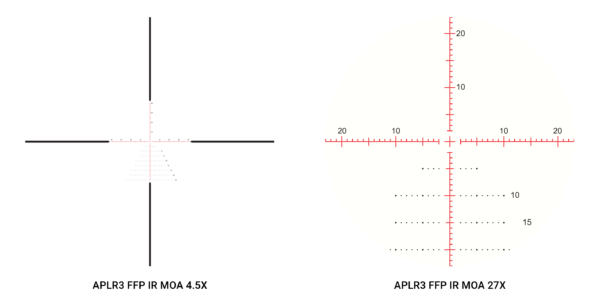
From the Athlon APLR3 reticle manual:
APLR3 FFP IR MOA reticle has a large illuminated center with 1 moa hash mark increments and drop lines in 5 moa increment on vertical direction down to 40 moa, both of which help you quickly lock in your target and set holdover positions. The illuminated portion has a 2 moa span center cross with illuminated cross line extends to 40 moa on both vertical and horizontal direction. The drop lines have smaller dots with 1 moa in between and bigger dots at each 5 moa interval, starting 5 moa length horizontally and end up 50 moa in length at the 40 moa drop line. The illuminated reticle provides excellent low light visibility and accurate elevation holdovers all the way up to 40 moa with 1 moa markings increment. The unique design of having droplines going down to 40 moa with 5 moa between each drop line and 1 moa hash marks in between provide excellent holding over positions for long precision shooting.
What’s In the Box
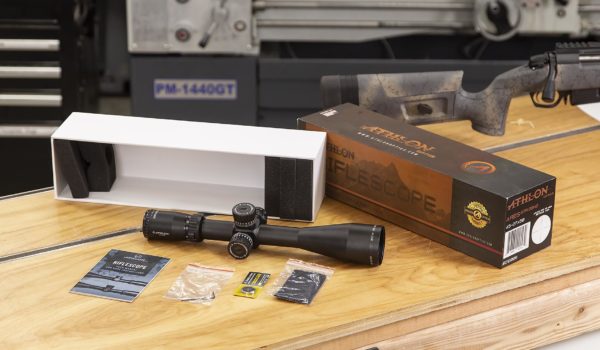
The Athlon Ares BTR GEN2 4.5-27x50mm Riflescope comes with the following items pictured above:
- Riflescope assembly
- Lens cleaning cloth
- CR2032 battery for illuminated reticle
- Allen key for turret and zero-stop adjustments
- Instruction booklet
- Slip-top box with foam inserts (scope comes wrapped in plastic bag for protection)
Setup on Bergara B-14 HMR Wilderness 6.5 PRC
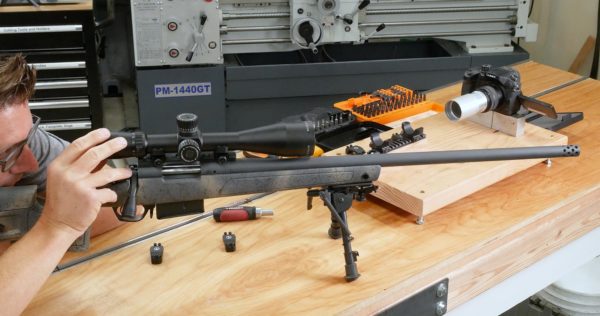
If you haven’t read it already, you’ll want to check out my Bergara B-14 HMR Wilderness 6.5 PRC story where I gave a sneek peek at this Athlon Ares BTR GEN2 4.5-27x50mm Riflescope. Here’s the video from that story:
In both of these videos (the Bergara story, and this Athlon deep-dive) I gave a quick overview of my rifle and scope setup:
- Bergara B-14 HMR Wilderness rifle chambered in 6.5 PRC
- Athlon Precision 30mm rings (low height)
- Lone Star 30mm Scope bubble level
- Athlon 50mm objective sunshade
The scope setup for this rifle was as follows:
- Removing ring caps from ring bases
- Installing ring bases on scope base
- Checking and adjusting eye relief
- Installing bubble level (not tightened)
- Installing ring caps
- Establishing level for scope
- Torquing ring caps (see picture below)
- Adjusting and torquing bubble level
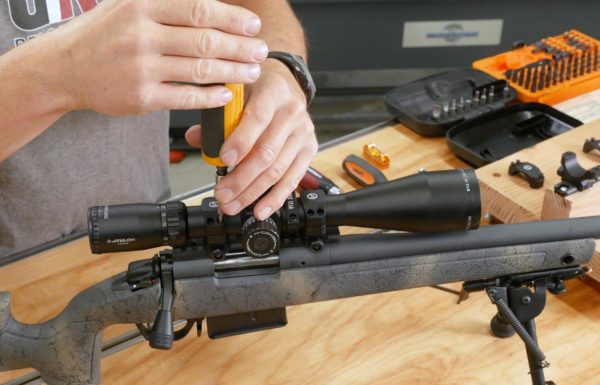
Sight-In and Shooting
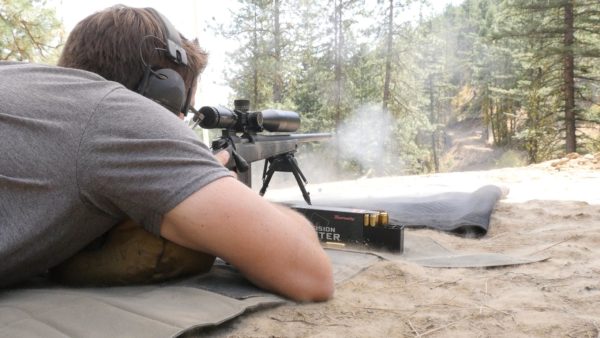
My sight-in for this rifle and scope was one of the best “thru the bore, sight by eye” bore-sightings I’ve ever performed. The first shot landed only about 2.75″ from point of aim on an 8.5″ x 11″ piece of paper. NICE! After sight-in and break-in I had some peculiar accuracy issues that turned out to be caused by an out-of-spec muzzle brake (exit should be 0.030″ over bullet diameter, was 0.0045″ over bullet diameter!). Once that was corrected, the rifle, scope, and shooter worked together to attain sub-half MOA accuracy with factory hunting ammunition!
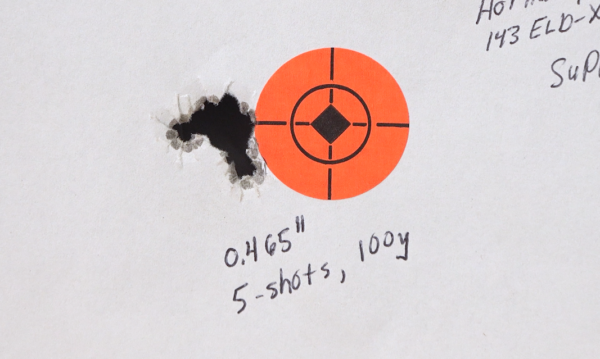
With the rifle and scope dialed in, it was time to take a closer look at the scope.
Preview: Ultimate Reloader Optics Testing Rig Mock-Up
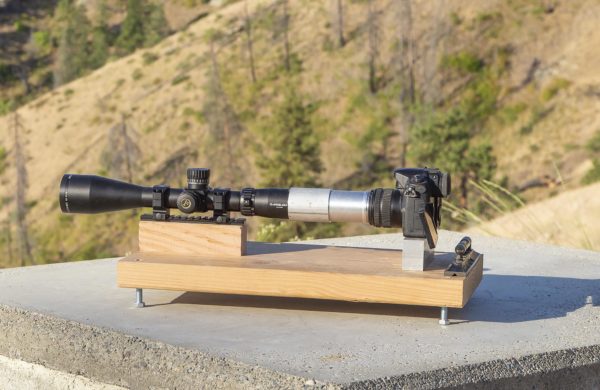
As a part of the next “generation” of optics testing at Ultimate Reloader, there are a few new tools that have been under development that will be demonstrated in this article. The first is the “Ultimate Reloader Optics Testing Rig” . This fixture holds the scope securely (fixture is clamped to a concrete shooting bench) and also supports a camera used to perform “Digiscoping”. Digiscoping entails adapting a camera to look through an optics device: a riflescope in this case.
This Optics Testing Rig has two functions:
- Secure the scope so that it will not move with respect to the target during optics testing
- Enable video and still images to be acquired during the testing process (requires precise camera-to-scope alignment)
The “Optics Testing Rig Mock-Up” shown in the picture above was used as a proof of concept during the production of this article and video. The first “full implementation” of the Ultimate Reloader Optics Testing Rig is currently under construction and development, I hope you’ll stay tuned to see it in action in future articles!
Ultimate Reloader Optics Test Chart 1.0 (MOA)
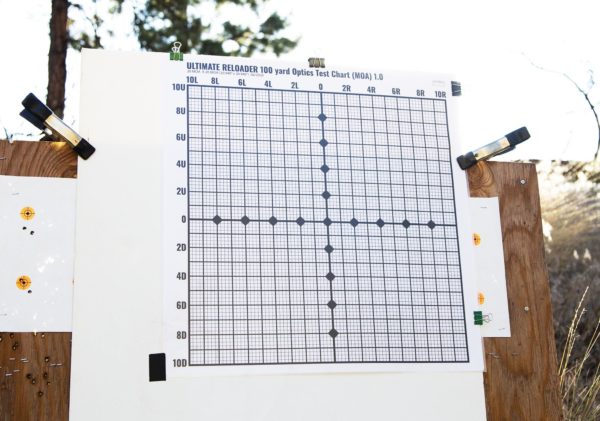
Above: Ultimate Reloader 100 yard MOA test chart 1.0 (24″ x 24″ paper size) – click/tap to enlarge
There are two Ultimate Reloader test charts that have been developed and tested:
- 100 yard 20.0 MOA x 20.0 MOA test chart 1.0 (see picture above)
- 100 yard 6.0 MIL x 6.0 MIL test charg 1.0
These test charts are used to evaluate windage/elevation tracking and reticle holdover accuracy.
**Note: All of the digiscoping images below were captured from a single test session with less than optimal lighting conditions. Please don’t use these images as a means to quantify image quality. I will be following-up with more testing in controlled lighting conditions for future scope tests.
Results: Tracking Test
Using the Optics Test Rig and the Ultimate Reloader 100 yard MOA test chart, the Athlon Ares BTR GEN2 4.5-27x50mm Riflescope was tested for tracking along both windage and elevation.
Windage Tracking Results (27 power, 100 yards)
![]()
Above, Left: tracking test start (not perfectly aligned), Right: 10 MOA Right dialed (reticle moves to the left)
If you look closely, you’ll see that the reticle was not perfectly aligned when the test started (left image). The reticle was approximately 0.125 MOA (Left dial) to the right of the center of the Optics Test Chart before any inputs were applied. After 10 MOA Right was dialed, the reticle was about 0.250 MOA from the 10 MOA line, which means this scope had the following windage dial error:
- Dialed Windage: 10 MOA Right
- Reticle Movement: 9.875 MOA Right (moves Left)
- Error: 0.125 MOA / 10 MOA = 0.0125 MOA per MOA dialed in windage
That is very good, and probably within the error tolerance for this “first mock-up” Optics Test Rig. As seen in the video, Left dial for windage tracked consistently with the right dial, so overall I would say windage tracking is very good for this scope.
Elevation Tracking Results (27 power, 100 yards)
![]()
Above, Left: tracking test start (not perfectly aligned), Right: 10 MOA Down dialed (reticle moves up)
Again: if you look closely, you’ll see that the reticle was not perfectly aligned when the test started (left image). For the elevation tracking test, no discernible error was present for tracking. To summarize:
- Dialed Windage: 10 MOA Down
- Reticle Movement: 10 MOA Down (moves Up)
- Error: ~0 MOA / 10 MOA = ~0.000 MOA per MOA dialed in elevation (error can’t be discerned)
That is OUTSTANDING! As seen in the video, Up dial for windage tracked consistently with the Down dial, so elevation tracking is spot on.
Results: Reticle Holdover Accuracy (27 power, 100 yards)
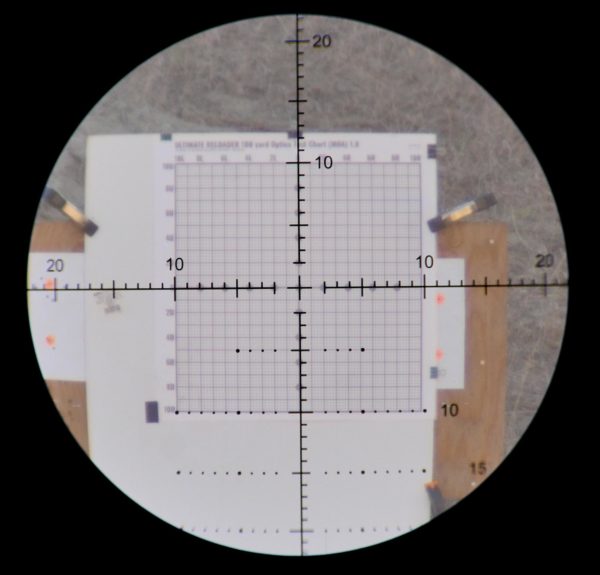
Above: Reticle holdover marks at 100 yards and 27 power
As you can see in the above image, it is very easy to evaluate reticle holdover graduation accuracy with the Athlon Ares BTR GEN2 4.5-27x50mm Riflescope at max power because the Optics Test Chart and the reticle both stop cleanly at 10 MOA in all directions (20 MOA x 20 MOA total grid).
Everything appears to line up perfectly except the marks on the right-hand side of the image. I believe this is due to a minute misalignment of the camera (rotation perhaps) and the scope. I will be following-up with additional testing on this: both by eye (looking through scope while mounted on OTR) and also with another pass of testing with the camera on the OTR. Even so, things look pretty amazing in terms of accuracy!
Results: Image Distortion
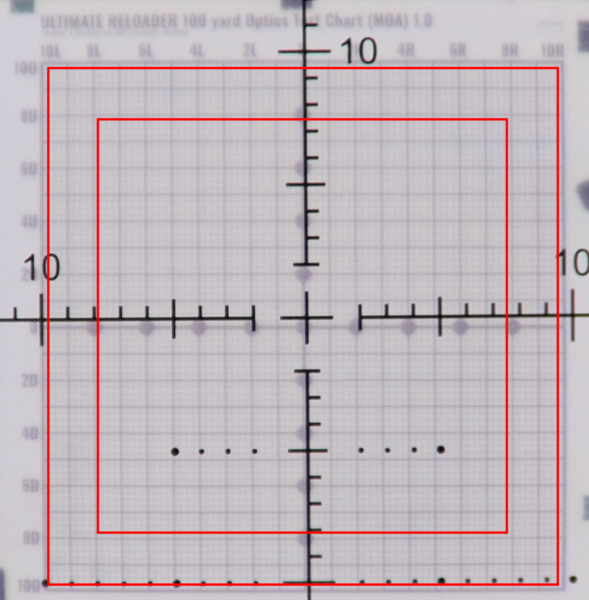
One of the surprises I had while testing the Athlon Ares BTR GEN2 4.5-27x50mm Riflescope was the ability to quickly quantify image distortion for the scope using the existing test setup and image assets (images/video). In the above image you can see perfect rectangles superimposed over a video frame from the tracking testing sequence.
For a perfect test score (no distortion) – all of the red lines that make up the squares would be perfectly parallel to their adjacent grid lines on the image. You can see above how little distortion there is here- a VERY good result. I’m looking forward to comparing distortion from one scope to the next.
**Note: I’m using a camera and lens combination that uses “internal lens distortion correction”. That means that the camera and lens won’t add distortion to the resultant video frames or images. Any distortion is from the rifle scope alone here.
Results: Reticle Alignment

Using the same image we saw in the holdover graduation accuracy section of this article (and the image distortion diagram above for that matter) we can determine how straight the reticle is to the scope body.
For this test the following was validated: (machinist’s level used for all validation and adjustments)
- Target is level with earth
- OTR is level with earth
- Scope body is level with earth (Elevation turret cap used for reference)
From the examination of the holdover graduation (above), and the image distortion diagram it appears that the reticle in this scope is in very good alignment with the body of the scope, and that’s what you want!
Overall Assessment
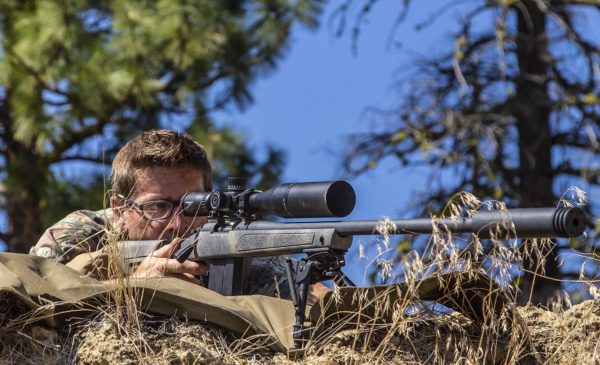
The Athlon Ares BTR GEN2 4.5-27x50mm Riflescope has a lot going for it:
- Wide magnification range is great for target shooting and hunting
- First Focal Plane design means your holdover marks are accurate regardless of the magnification you’re using
- Zero stop is critical for quick returns to “zero”
- Accurate and consistent tracking and holdover
- Low price point for features/quality (sub-$1000 street prices)
I do have one thing to add: a throw lever for the power setting! I’ve used these on my Athlon Midas Tac scopes, for more information on these scopes see these articles:
TESTED: Athlon Midas TAC APRS3 FFP Riflescope
Athlon Midas TAC 6-24x50mm HD Riflescope: In-Depth Overview
What’s Next
You’ll definitely see this Athlon Ares scope in upcoming features- so please make sure you’re subscribed!
Also, I’ll be rolling out stories with more in-depth optics testing using the Ultimate Reloader Optics Testing Rig, the Optics Testing Chart, and more.
Thanks,
Gavin
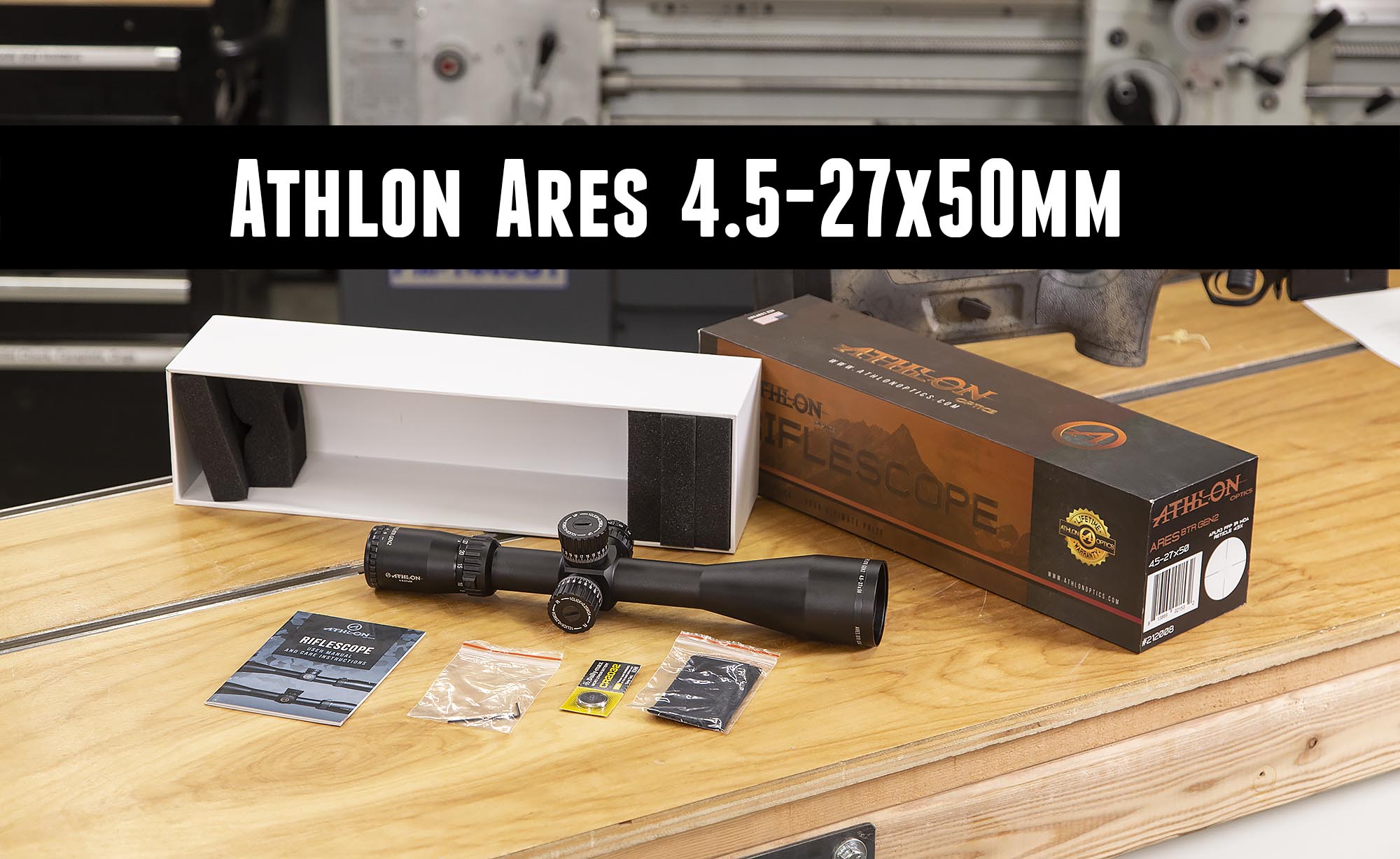
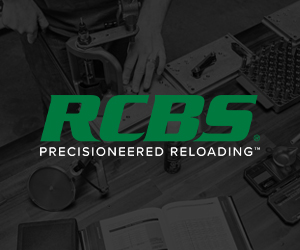


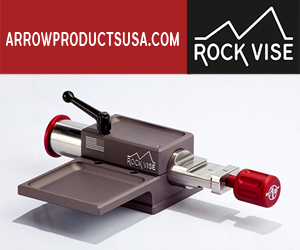
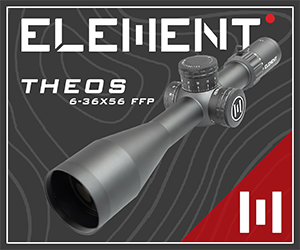


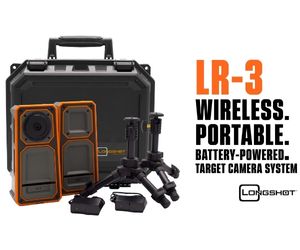
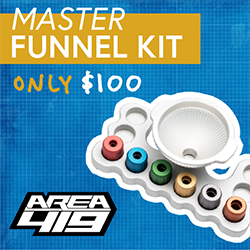


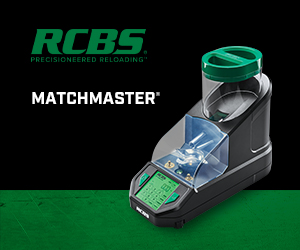

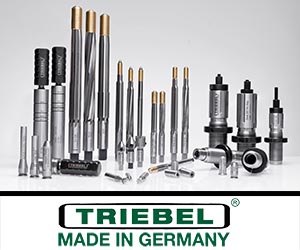
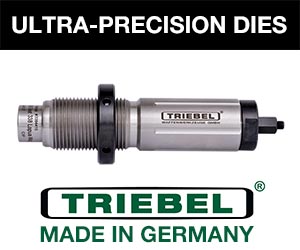





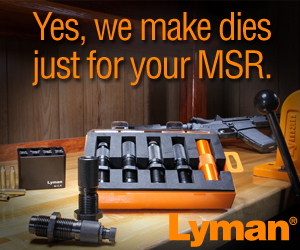
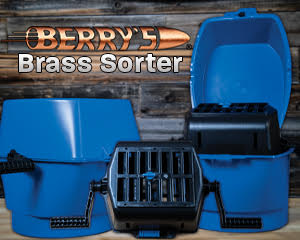



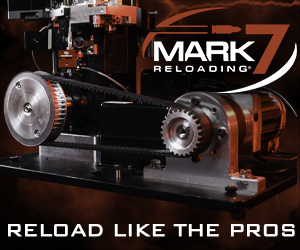

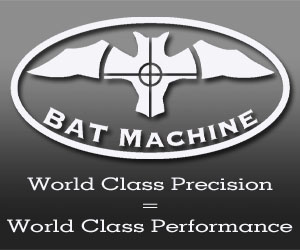

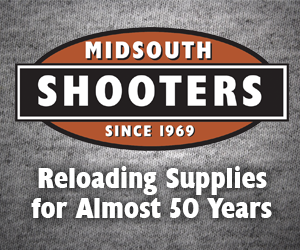





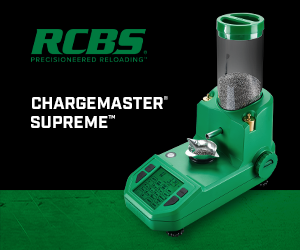

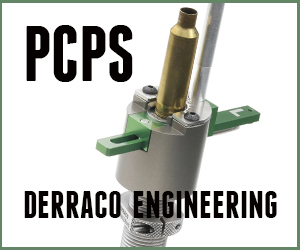
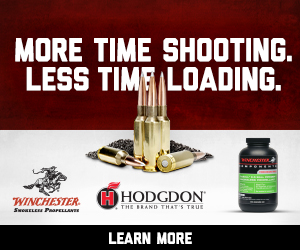



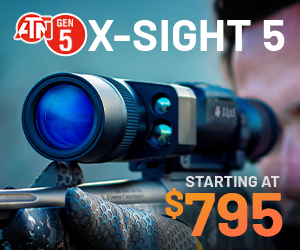

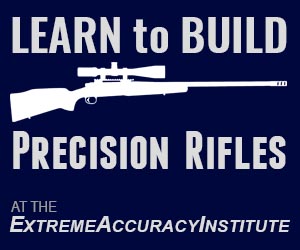




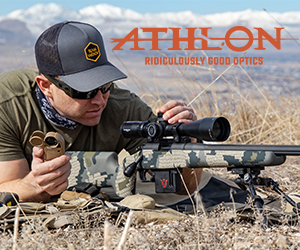

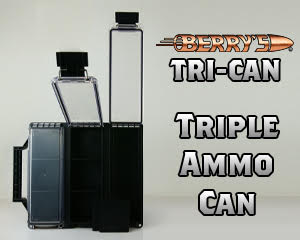






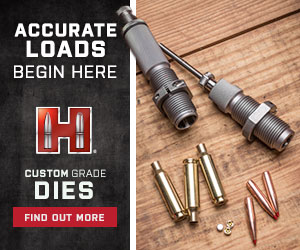




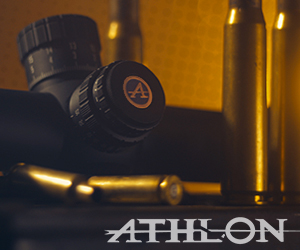


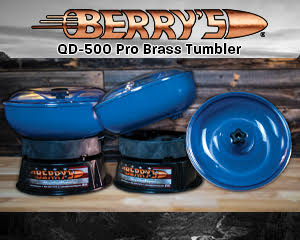
Where are the made?
No one knows? Not even those who test them or have them?